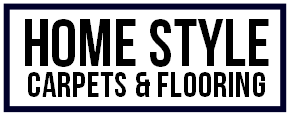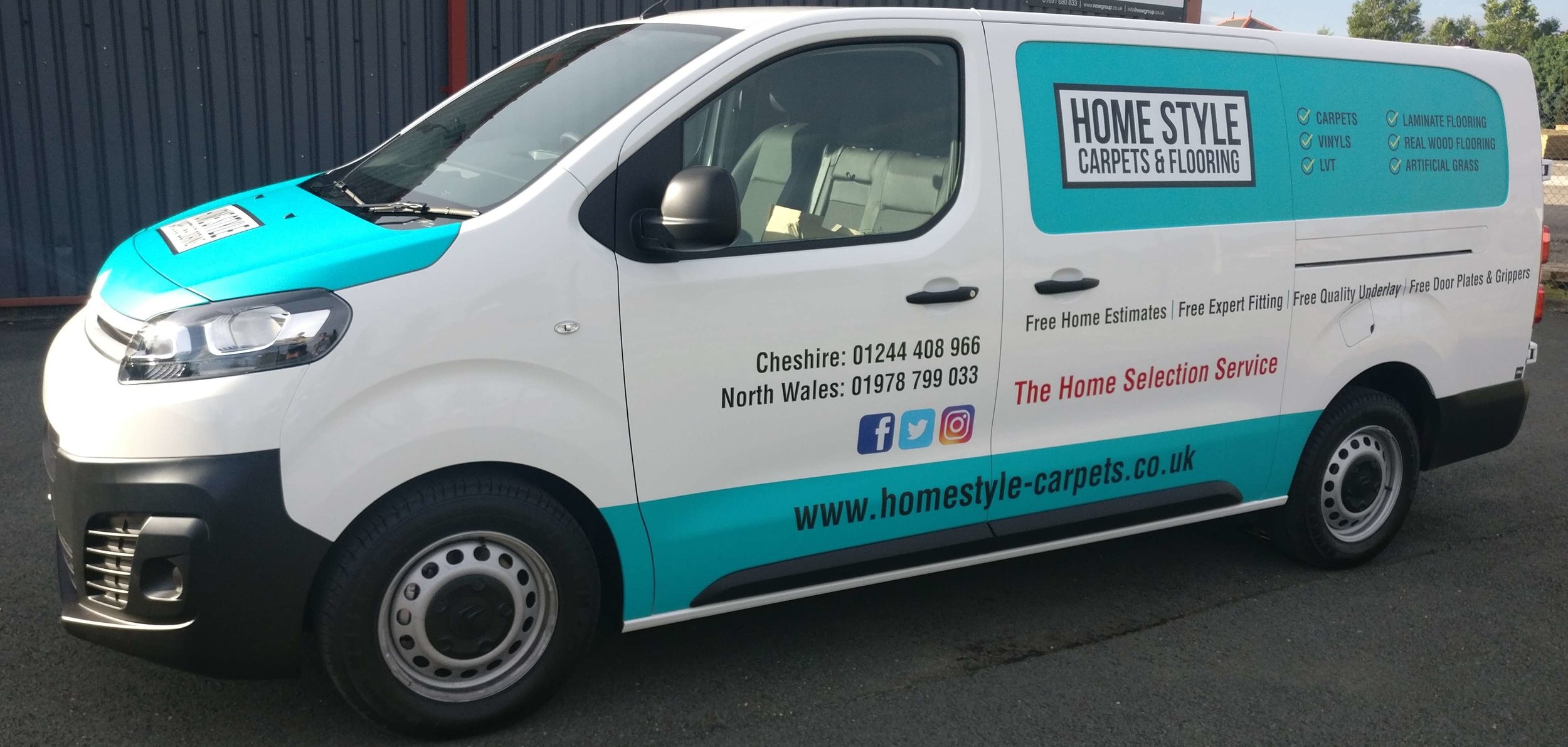Four popular types of flooring for living rooms
/The living room is one of the most important spaces in a home. As the name implies, it is where most of everyday life within the home will take place, so you need to be happy with every aspect of it.
When it comes to selecting flooring for a living room, there will be multiple requirements to consider. First of all, it needs to be hard wearing enough to be able to cope with a lot of footfall, sometimes including that of pets with claws. Second, it must be easy to maintain and clean, as it will inevitably get dirty more quickly than the floor in other rooms.
A living room floor should also be comfortable to walk on without shoes and add to the warmth of the room. Finally, you need to like what it looks like alongside your other living room furnishings.
Read on to find out what the most popular floor materials for living rooms are.
Carpet
Carpet is always a very popular selection for putting on the floor of a living room. For one thing, it provides people with a wide range of colours and patterns, so there is a good chance of being able to find a carpet that blends well with the walls and ceilings of your living room. That is not the only big benefit that opting for carpeting will give you though.
It also has a cushioning effect that makes it one of the softest flooring materials to walk on when you are not wearing shoes. Furthermore, it can act as an insulator, helping to keep warmth in the room. That is a real advantage if you live in an area in the north of the country, such as Chester, where the autumns and winters can be very cold. Choosing carpets can cut energy costs, as well as making walking in your living room pleasant.
However, they can also be vulnerable to damage from pet or heavy boots. Picking a carpet made of up to 80% wool will give you a more hard-wearing surface than a purely synthetic one.
Laminate
Laminate will be a great choice if you dream of something like a solid wood living room floor, but your budget won’t quite run to it. Laminate flooring can be manufactured to accurately replicate the look of wood, tiling or stone at a much lower cost. It is a floor material that has been improved a great deal over the past few years and is now much more popular in living rooms.
Putting down a laminate floor is also quite a simple procedure compared with some other surfaces and it can be wiped clean of stains or spillages very quickly. If you choose this surface for your living room, make sure to talk to experienced flooring professionals first though, so that you get laminate that is thick and hard wearing enough to cope with all of the traffic.
Luxury vinyl tile
This is a variant of vinyl flooring that is thicker and more durable than standard vinyl. Similarly to laminate, luxury vinyl tile (LVT) is a type of floor that can be made to resemble other, more expensive ones such as wood. Indeed, due to the way that it is manufactured, it can actually recreate the look of wooden planks more closely than virtually any other type of floor.
Alternatively, the vinyl tiles can be printed with patterns that suit the decor of your living room walls. Whether you want ornate designs or a simulated rustic look, it is possible with LVT floors. LVT is also a surface that is very low maintenance, as it can be wiped clean simply, and is resistance to water damage and scratching. All of this combined makes it a low cost, durable choice for living rooms that can be made to suit your specifications.
Porcelain or ceramic tile
Ceramic and porcelain tiles tend to be associated more with bathroom or kitchen floors, but they will be an effective choice for a living room too. Again, they are floors that can be wiped clean should they get mud or any other stains on them and they are both types of floor surface that should be able to withstand heavy levels of footfall.
If there is one reason why people do not fit ceramic or porcelain tiles in their living rooms as often as vinyl tiles, it is because they can be quite hard underfoot. However, it is easy to counteract the effect of that by putting some rugs down on the living room floor to soften the feel. These will also help in zoning the living room space.
Any of these four floor surfaces will make for a fine choice in a living room. It is simply a matter of deciding what your priorities are and speaking to a reputable professional for detailed guidance.

